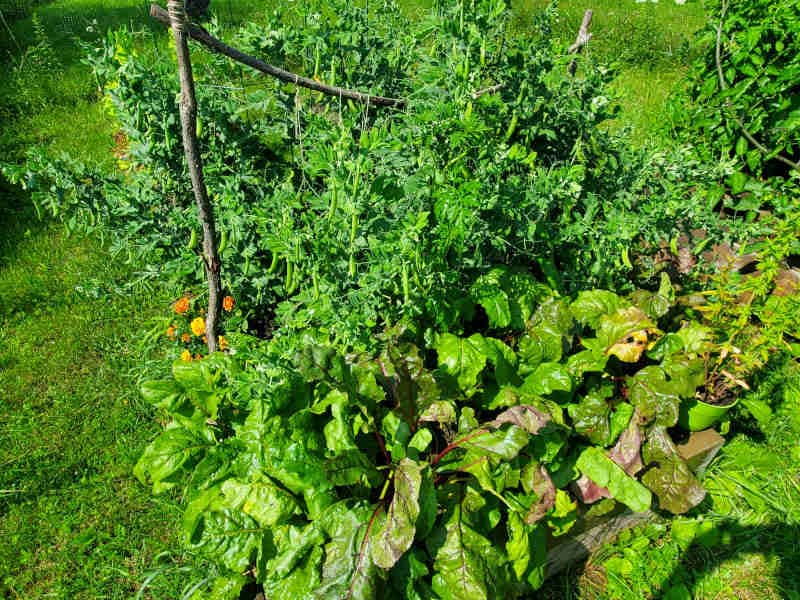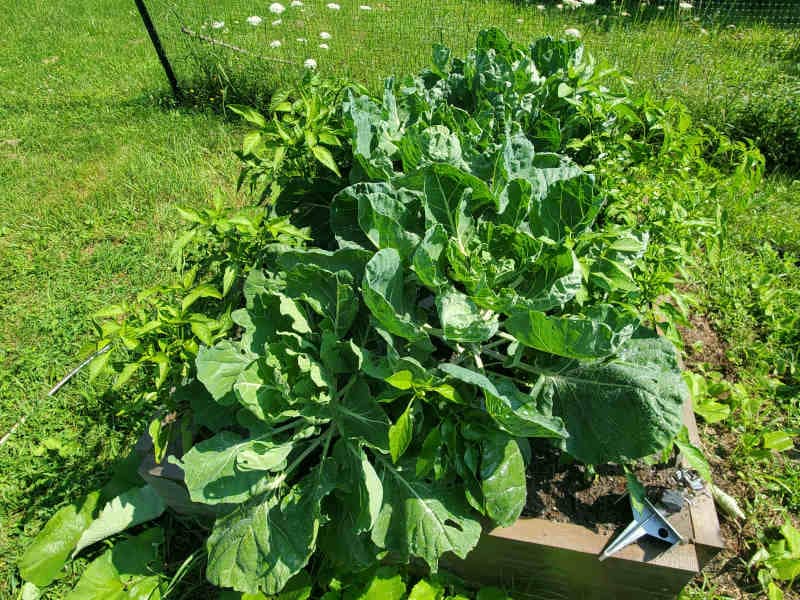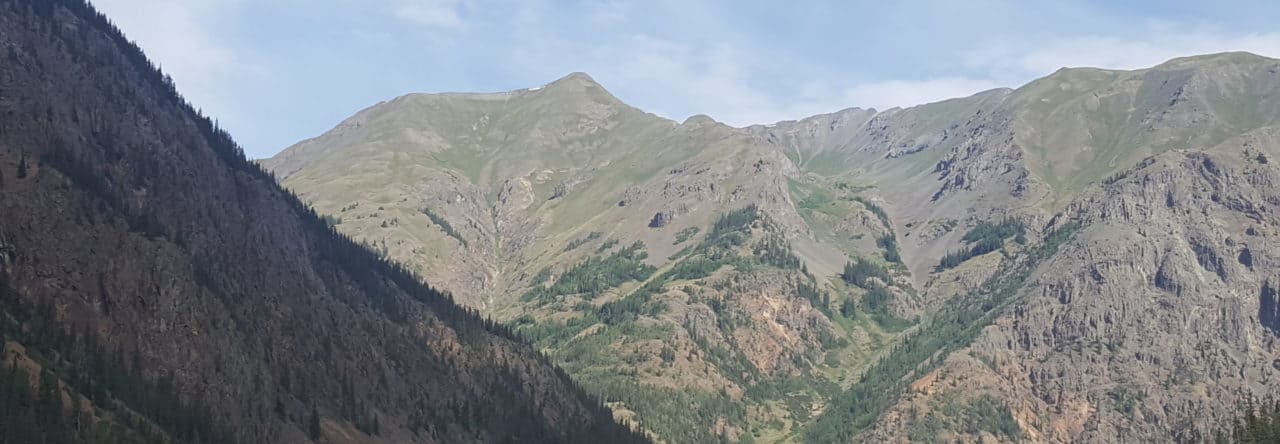Earlier today I was looking out towards my raised beds and longing for the day in which I could start planting. As I stared out I thought about how much I regret not planting a cover crop in the fall. I had the seeds and it doesn’t take long but it just didn’t happen. So what are cover crops and why do I plant them?

Simply put, cover crops are plants that are planted in fields that would normally be bare. This might be done in a field that will be left fallow or in my case between the autumn harvest and the spring planting. This seems like it could be a lot of work. Is it worth it?

As plants grow they pull nutrients from the soil, depleting them over time. To combat that, farmers may use synthetic fertilizers or manure. While I did have plans to get some manure for my raised beds it didn’t pan out. The cover crops act as a “green manure”. Certain cover crops provide an environment for nitrogen fixing organisms that help to replenish the nitrogen in the soil. They also allow farmers to sequester carbon and the biomass provides additional organic matter to the soil. Cover crops can also be used in a no-till system. In addition to all of this cover crops can also suppress weeds, protect soil from erosion, improve soil stability, reduce compaction, and it could improve water retention.

Two years ago I picked up one pound of a no-till overwinter cover crop mix. It should cover about 74 square meters of field and contained Austrian winter peas, winter wheat, triticale, fenugreek, forage collards, hairy vetch, daikon radish, crimson clover, berseem clover, and yellow mustard seeds. Each type of plant offers its own benefits to the soil. I chose to try this in the raised bed that previously contained my tomatoes. This bed was chosen because tomatoes really deplete the soil of nutrients and this was my first bed that was completely harvested. I planted the cover crops, covered it for the first week (so the birds wouldn’t eat the seeds), and then let it sit until spring. My neighbor’s chickens really loved eating these plants and I would like to think that is why their eggs tasted so good.
In the spring I was amazed to see how soft the soil was compared to the other beds. The other beds had soil that had been packed down so the top layer was quite hard. The bed with the cover crops had been kept more loose because of the actions of the roots. I mixed these plants into the top layer of the soil before they went to seed and after a couple of weeks the soil was ready for planting. Last summer I planted cucumbers in this bed and I had by far the best harvest in the few years I have been growing them. A good scientist would know that correlation does not imply causation and that there are other factors at play. For one thing, there was no control. I had an amazing tomato harvest and my first good pepper harvest as well and I didn’t use cover crops in those beds.
If you garden or have a farm I would recommend looking into cover crops.
They are a more sustainable way to grow your food and they help to maintain your soil health. Before you decide to incorporate them you will have to decide what is best for your situation. There are limitations (like I wouldn’t use a cover crop in a bed that I will want to plant early season crops in) and there are different types of plants.
Associated UN Sustainable Development Goals
Goal #2: Zero Hunger
Goal #12: Responsible Consumption and Production
Goal #15: Life on Land

